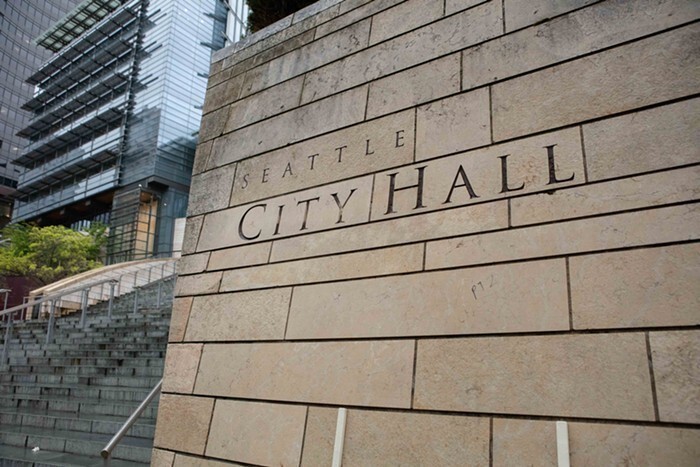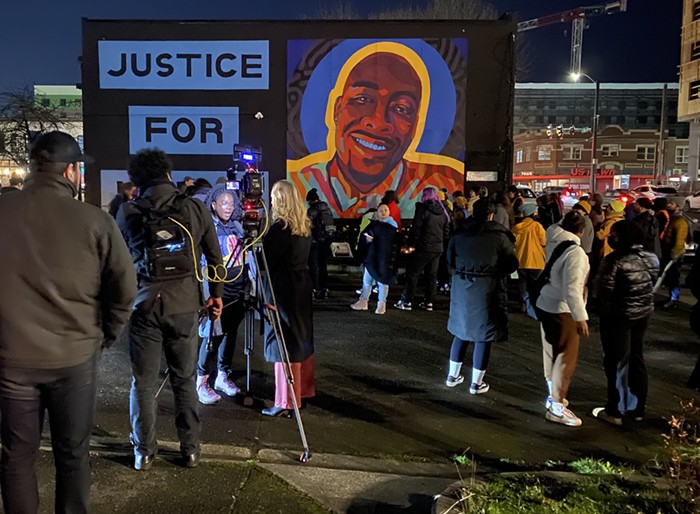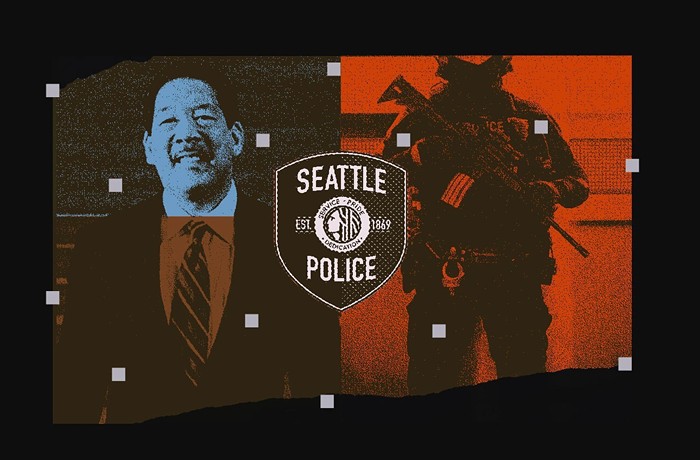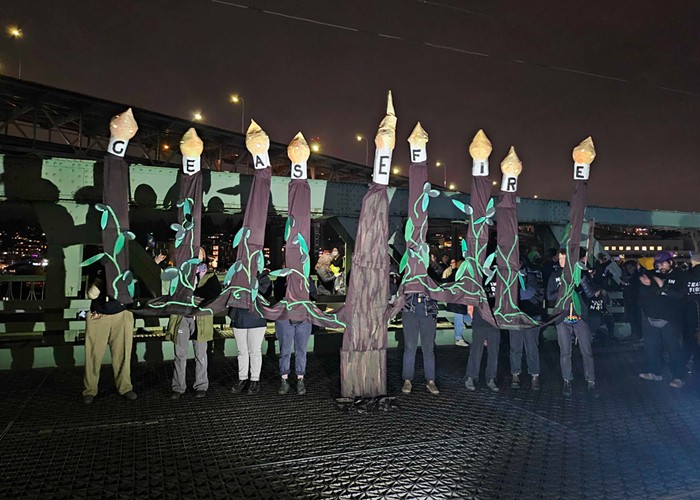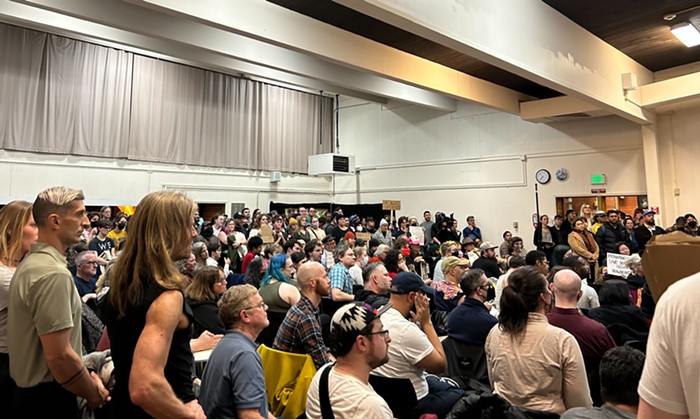Not too long ago, the First Hill neighborhood thought it was getting something it desperately wanted: a subterranean light-rail station, right beneath the Swedish and Virginia Mason medical centers. When completed, this station would have had the effect of shortening transit times and shrinking bus crowds for people going to and from one of the densest neighborhoods in Seattle—just what First Hill, a center for hospitals, homes for the elderly, and low-income housing, feels it needs.
Then, in July of 2005, those dreams were crushed.
Difficult soil conditions meant too high of a price tag for the First Hill station, and so it was dropped from Sound Transit's light-rail plans. To make amends, the City of Seattle and Sound Transit offered the neighborhood something else: a streetcar, which they promised would "directly serve First Hill employment centers." In November 2008, voters approved $132.8 million for the project, which is expected to break ground in 2011 and be completed by 2013—assuming everyone can agree on the new streetcar's route.
Which is turning out to be a serious challenge. First Hill isn't the only neighborhood in the area that wants a piece of the project, nor is it the only one with a compelling case to make for increased transit service. Lately, Capitol Hill groups have been arguing that the new streetcar route—which in all scenarios begins at the current light-rail station in the International District and then runs up South Jackson Street on its way toward First Hill—should find a way to also run down a roughly mile-long stretch of 12th Avenue that has been completely ignored by transit and yet has been experiencing a bit of a building boom.
This stretch of 12th Avenue is now home to a collection of cute coffee shops, popular restaurants, new condo projects, and new Seattle University buildings that have popped up along the corridor in recent years, and advocates feel this corridor could boom even further with a trolley running right down the middle. To achieve their vision, they essentially want to turn the new streetcar route into a large loop that would keep the promise to First Hill by serving that neighborhood in one direction, but then help out the dream for 12th Avenue in the other direction.
Several possible alignments are now being circulated by the Seattle Department of Transportation, including the Capitol Hill advocates' so-called "12th Avenue couplet." These alignments are already being challenged and picked apart online, and there's certain to be more questioning and politicking after a series of three public streetcar forums in the affected neighborhoods on December 15, 16, and 17.
There's no doubt that First Hill has a strong case to make for its preferred streetcar alignment—an alignment that involves streetcar service in both directions through the neighborhood, with the route ultimately connecting to the incoming Capitol Hill light-rail station at Broadway and East Denny Way. Michael Gray, of the First Hill Improvement Association, argues that not only was his neighborhood promised this kind of service, it needs it: Over 50 percent of First Hill residents don't own a car, and 70 percent of First Hill workers rely on transit to get to and from their jobs.
Gray has heard the argument for using the streetcar project to also help encourage development along 12th Avenue, but he isn't moved. "The First Hill Streetcar isn't necessarily the answer to those needs," he said. He pointed out a recent Sound Transit study that found that 70,000 trips per day are being made to what he calls the "core" of First Hill and said that promoters of a 12th Avenue renaissance couldn't mirror that number of trips in their wildest dreams. "Even if you built 12th Avenue up to the hilt, you wouldn't have half of that," he said.
But Kate Stineback, a leader of the Capitol Hill lobbying contingent, calls the situation on 12th Avenue "desperate." She points out that unlike First Hill, which is already served by a multitude of bus routes, 12th Avenue currently has zero bus service and a number of local landowners who could be enticed to further develop their properties if the neighborhood really takes off. A streetcar could mean a completely new lease on life and a whole new world of potential for the area, and it would be invaluable in connecting 12th Avenue to the rest of the First Hill community and the city at large.
Gray and others counter that First Hill, with its greater height limits—160 to 240 feet, as compared to 40 to 60 feet along 12th—should be the sole target of any effort to spur development with this streetcar project.
But height limits can always be increased, there's long-term potential with the 12th Avenue route that cannot be ignored, and in any case the beauty of the loop idea is that it takes what seems to be (and what First Hill wants to be) an either/or proposition and transforms it into a both/and proposition. First Hill gets its streetcar, 12th Avenue gets its streetcar, and the city gets another great bit of connective transit tissue between several growing neighborhoods—First Hill, Capitol Hill, 12th Avenue, and the International District.
One neighborhood's sense of what it was promised years ago shouldn't become a reason to blow that kind of opportunity now. ![]()
The first of three public meetings on the new streetcar was held on Dec 15. The next two: Wed Dec 16, Yesler Community Center (917 E Yesler Way), 6–8 pm; Thurs Dec 17, Union Station (401 S Jackson St), 6–8 pm.
